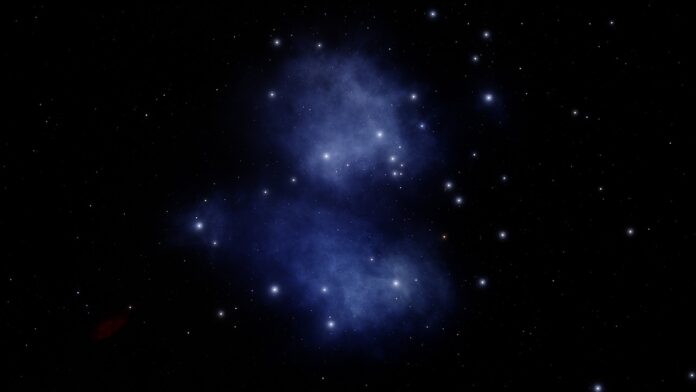Astronomy can be considered to have originated the moment the first human looked up at the night sky and wondered what lay far out in the darkness of space. It is rightfully one of the oldest sciences, if not the oldest. In the modern world, it continues to evolve, driven in part by the fact that any enthusiast can purchase a decent telescope.
Facts About Astronomy:
- Calendars and Astronomy: Thanks to astronomy, the first calendars were created. People needed a system to measure time, and celestial bodies like the Moon and the Sun were excellent reference points for tracking it.
- Astronomy and Astrology: In its early stages, astronomy was closely linked with astrology. The final separation of scientific astronomy from astrology occurred in Europe during the Renaissance.
- Emergence of Other Sciences: In the last century, other sciences like astrophysics, cosmology, and planetology branched off from astronomy and became independent fields.
- Amateur Astronomy: Even without a telescope, you can still be an amateur astronomer. For instance, the International Space Station can be seen with just an ordinary pair of binoculars .
- Rho Cassiopeiae: This is one of the most distant stars visible to the naked eye. It’s an extremely rare yellow hypergiant, with a luminosity about 550,000 times that of the Sun! The distance from Earth is estimated to be between 11,700 and 15,300 light-years, making it one of the brightest stars known in astronomy.
- Seasons and Earth’s Axis: Despite Earth being at different distances from the Sun at different times of the year, this has little effect on our climate. The changing seasons are primarily due to the tilt of Earth’s axis. This is why summer occurs in the Southern Hemisphere when it’s winter in the Northern Hemisphere, and vice versa. Interestingly, it took astronomy quite some time to discover this.
- Galactic Scales: Our galaxy is just one of many similar ones, and it’s not even among the largest. The observable universe contains about 100 billion galaxies, with an average size of around 100,000 light-years in diameter. Each galaxy contains millions or billions of stars!
- Brightest Star: The brightest star visible without a telescope is Sirius. In cosmic terms, it’s not particularly extraordinary—being only 25 times brighter than the Sun—but because it’s relatively close to us, it appears so bright.
- Big Bang Theory: The term “Big Bang Theory” in astronomy and cosmology was coined after one of its critics used the phrase in a public speech.
- Lunar Observation: A mid-range amateur telescope, costing a few months’ salary, allows for detailed observation of mountains and valleys on the Moon.
- Amateur Astronomers: There are many amateur astronomers worldwide, and many of them collaborate with professional scientific communities, making significant contributions to the field.
- Vatican and Astronomy: The Vatican opposed astronomy for a long time, criticizing it more than any other science. Publishing books on celestial mechanics was even banned by the Catholic Church until 1822.
- Hubble Space Telescope: The Hubble Space Telescope has made a tremendous contribution to astronomy. For several decades, it has orbited Earth at a height of 560 kilometers, at an impressive speed of about 7,500 meters per second.
- Optical Astronomy: Ancient astronomy was primarily optical. However, modern science focuses more on studying space in ultraviolet, infrared, and other spectra.
- Discovery of Other Galaxies: Astronomers only began to understand the existence of other galaxies, as well as the nature of our own, in the last century.
